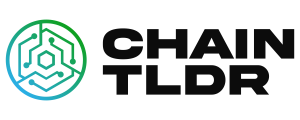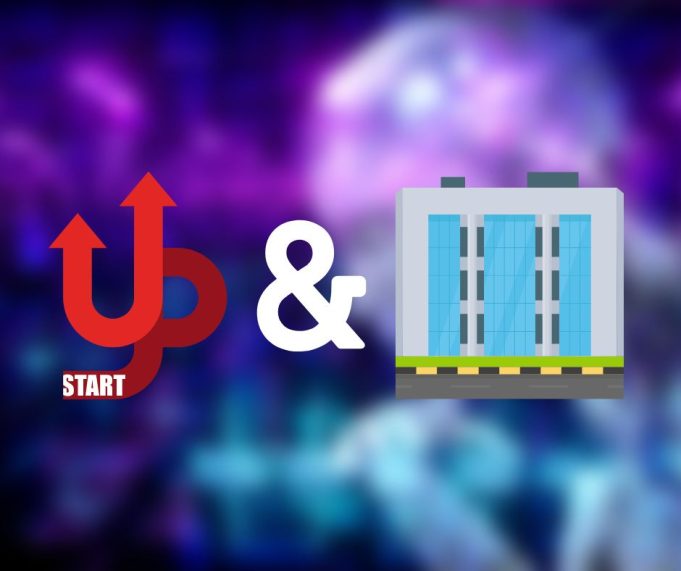The ratio of value capture between start-ups and mature companies has changed over the years. During the first Internet wave, start-ups captured most of the value (60-70%), while established players captured the rest. In the era of the mobile Internet, mature companies captured the majority of the value (80%), while start-ups still had some opportunities (20%). However, in the encryption field (Web3), start-ups captured all the value (100%), and there were very few mature financial services or infrastructure companies participating. Chip companies like AMD or Nvidia are the biggest established corporate players in cryptocurrencies, as their chips are sometimes used for crypto mining.
Stability AI, a company that develops AI systems, recently raised a funding round to cover its high operating costs. The company has a cluster of more than 4,000 Nvidia A100 GPUs running in AWS for training AI systems, and its operating and cloud expenditures exceed 50 million US dollars. The company’s founder, Mostaque, has expressed his firm attitude towards the open source community and employees controlling the company, and plans to use its computing to accelerate Open source basic AI.
Start-ups have not been able to capture much value in the previous wave of artificial intelligence. This is because the first wave of value (such as machine vision, RNNs, CNNs, early GANs, deep learning) has been captured by existing mature technology companies. The biggest results of the first wave of AI so far are self-driving car companies, many of which are subsidiaries of current and very well-developed technology companies. With the exception of a few other noteworthy companies, the performance of the entire previous wave of AI companies has been relatively flat. This is due to the fact that the technology giants have been able to leverage their existing resources and infrastructure to develop and deploy AI solutions faster and more effectively than start-ups.
The market share of the last wave of AI startups was low due to the rigid market structure that established players have built. Start-ups need to build a 10x better product to beat the strong advantages of mature technology companies in capital, channels, and existing product moats. Additionally, the data advantage that established tech companies had in the past is now fading away as many companies are using the wider Internet as an initial training set and are switching to models that are more robust than models that use small data. As a result, AI startups need to focus on creating products with significant advantages to overcome the strong advantages of mature technology companies or focus on new customer groups or channels to build their own moat.
AI has become an integral part of many businesses, but it is not always easy to challenge the existing market structure. Companies often choose to compete in areas where there are already mature established companies that can “directly build on existing business + AI”. This makes it difficult for new AI startups to enter markets such as education or healthcare, where technological innovation is often overwhelmed by existing market structures, regulations, or established players. An example of this is the Mycin project at Stanford University in the 1970s, where a superior expert system was not adopted despite its superior performance. This shows that even if adding machine learning technology can improve performance by a factor of 10, it may not be adopted for various reasons. Therefore, it is important to consider the existing market structure when developing AI solutions.
The current wave of AI technology is creating a new opportunity for startups to capture a larger share of the value generated by AI. Established tech companies are still expected to capture much of the value, but the size of their market capitalization is so large that even a small change can add to an entire ecosystem or market segment. As builders in the market shift from technologist scientists to product-focused builders, we should be able to see new AI-driven applications blossom. It is important to focus on application scenarios and market demands to determine what the actual end-user needs are and what service and product markets are possible entry points. This will help to ensure that the right tools are used to solve the right problems.













